Joint pain
Arthritis is a common scourge today, which can be a real handicap in everyday life and which worsens with age.
It is an inflammatory joint disorder, more precisely an inflammation of the joints, which can be distinguished by its origin (rheumatic or infectious), its frequency (chronic or acute), the symmetry of the symptoms or the number of joints affected (monoarthritis /polyarthritis).
Contrary to popular belief, it is not synonymous with osteoarthritis, but is, more generally, a clinical sign that can correspond to many joint diseases. On the other hand, it is true that women (around 15%), people over 65 (30% of men, 50% of women), and the obese are more affected than the average (which is around one one in ten).
Attention, the British meaning of the term is broader because it does not necessarily include the notion of inflammation.

Arthritis
Arthritis is therefore a generic word that covers a disparate reality: “gouty” type monoarthritis, post-traumatic arthritis, Lyme arthritis, psoriatic arthritis, juvenile chronic arthritis are just a few examples. It should also be kept in mind that arthritis is only one of many forms of rheumatism (estimated at 200).
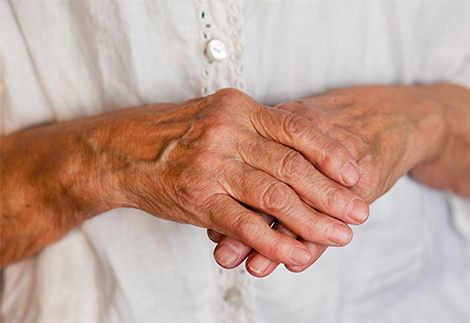
Arthritis is therefore a generic word that covers a disparate reality: “gouty” type monoarthritis, post-traumatic arthritis, Lyme arthritis, psoriatic arthritis, juvenile chronic arthritis are just a few examples. It should also be kept in mind that arthritis is only one of many forms of rheumatism (estimated at 200).
The cause of the most common, inflammatory (non-infectious) form of arthritis is not well known today. It is assumed that it may be an autoimmune disease (that is to say, which attacks the joints by its own cells, resulting in inflammation).
The cause of infectious arthritis is, as the name suggests, an infection (for example, Lyme arthritis results from bacteria carried by a tick).
In the case of gouty arthritis or a gout attack, the main cause is the accumulation of uric acid crystals in the joints, which will trigger an inflammatory reaction.
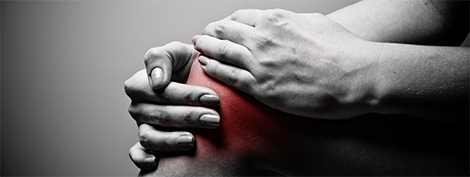
Osteoarthritis
Very widespread, osteoarthritis results from a degradation of the articular cartilage which covers the ends of the bones at the level of the joints (vertebral column, knees, fingers, ankles, etc.), leading to a more or less rapid destruction of this cartilage. It is not necessarily inflammatory.
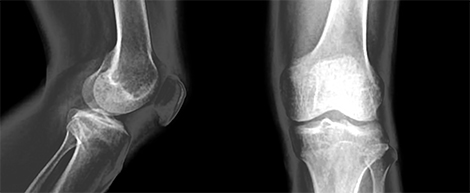
Common symptoms
There are a multitude of symptoms: it is sometimes difficult to navigate, which increases psychological fatigue.
The main symptoms of arthritis are pain in the tendons, on exertion, a feeling of throbbing even at rest and/or severe body aches. More generally, the symptoms are those of inflammation: pain, heat, even redness and swelling in the joints concerned. The further the arthritis progresses, the more the soft tissues around the joint can be affected, leading to loss of motion and joint stiffness.
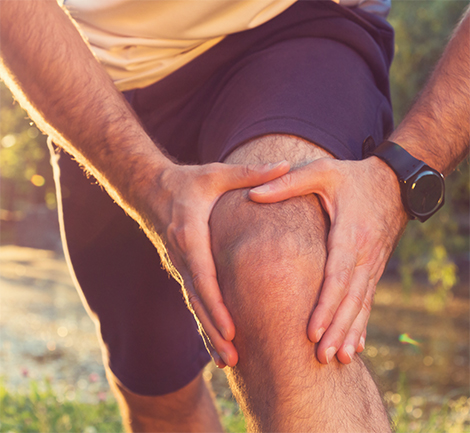
Recommendations for treatment
The variety of forms of arthritis leads to various treatments. It is recommended to seek advice from your doctor.
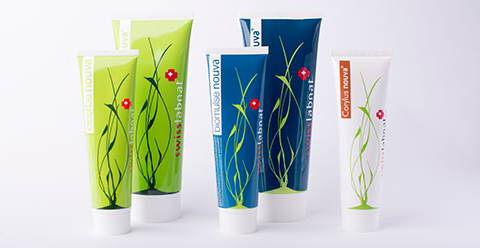
In addition, as part of a treatment based on herbal medicine, certain medicinal plants have been shown to be effective against arthritis, in particular arnica, generally to be taken in topical form (gel, cream, ointment).